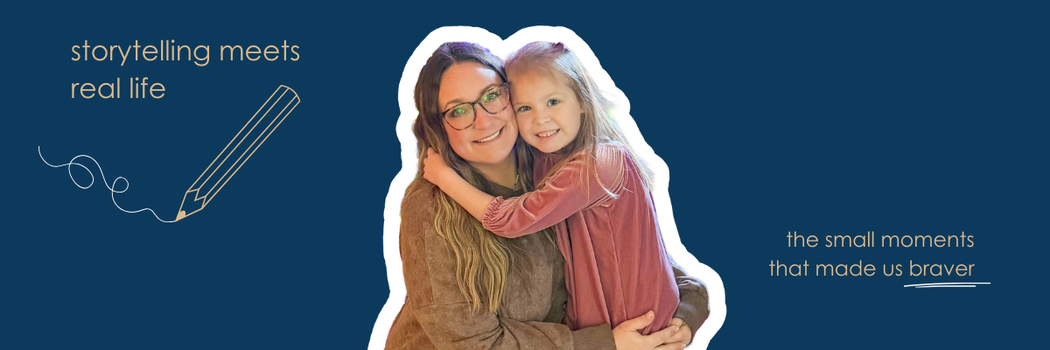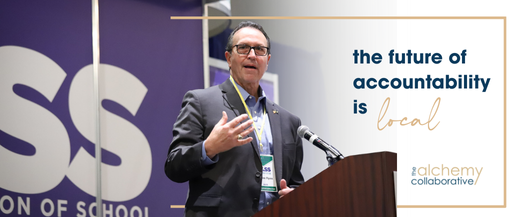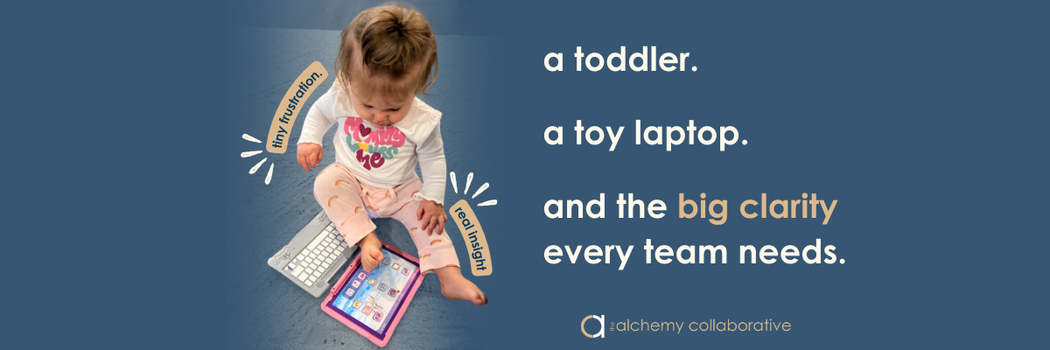For families, a new school year comes with plenty of unknowns and nothing feels more unknown than a new leader at the helm. Whether it’s a principal stepping into their first school or a seasoned administrator moving to a new building, the way you communicate their arrival sets the tone for the year ahead.
Here’s how to make sure that introduction builds trust, connection, and momentum before the first bell rings... plus how one Kentucky middle school principal used this approach to hit the ground running.
start before the start
Don’t wait until the first assembly or newsletter to introduce a new leader. Use the weeks before the school year to share a short, personable welcome video on your school’s social channels and website. Keep it simple: a quick introduction, a little personal background, and an invitation for families to connect.
When Bernheim Middle School in Bullitt County welcomed new principal Chase Goff, they released a video before back-to-school night. Chase introduced himself, shared what he’d learned in his first weeks on campus, and spoke directly to students and families:
“I will listen — always. We will learn together. And everyone will lead. To be the school we aspire to takes all of us working together.”
That personal commitment helped families connect with him before they even shook his hand.
let their personality lead
Families want to know credentials, but they connect with personality. In his video, Chase mixed his professional observations with personal stories (like remembering his first Renaissance Conference as a student) and excitement for beloved school traditions like Bruin Bashes and Ren Rallies.
This blend of heart and history told the community, I’m here to honor what matters to you, and I’m excited to be part of it.
show them in action
Pair the introduction with candid media (event photos, walk-through clips, or a short “meet the team” video). Bernheim followed Chase’s intro with a leadership team welcome video, featuring assistant principals and staff speaking directly to students about culture, expectations, and excitement for the year ahead.
That second video showed Chase not just as a face on a flyer, but as an active part of a team that cares about students.
pay attention to the small details
Sometimes the most impactful gestures aren’t the flashiest. Before the year began, Chase made sure every staff member got an updated professional headshot, something they hadn’t had in several years. It was a small but meaningful move that showed he was listening to staff requests and wanted them represented well.
Those details build credibility faster than any speech can.
keep the conversation going
An introduction isn’t a one-and-done. Plan for follow-up touches in the first 90 days (quick video updates, social spotlights, or “day in the life” posts).
By starting strong with a warm, detailed introduction and following it up with consistent, approachable communication, new leaders can set a tone of trust, enthusiasm, and partnership that lasts all year long.
The takeaway: A well-crafted introduction isn’t just about making a leader known... it’s about making them felt. When your community sees and hears their leader before day one, they walk into that first day feeling like they already belong.
video link: https://youtu.be/tBy-5vSqHZs








